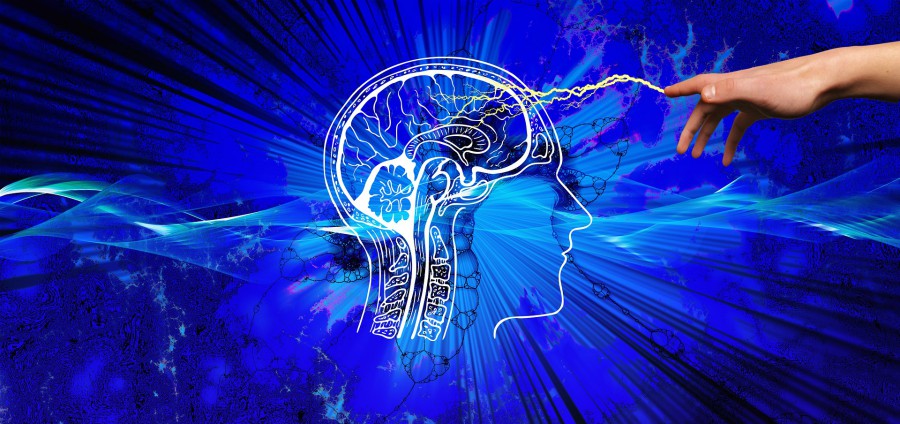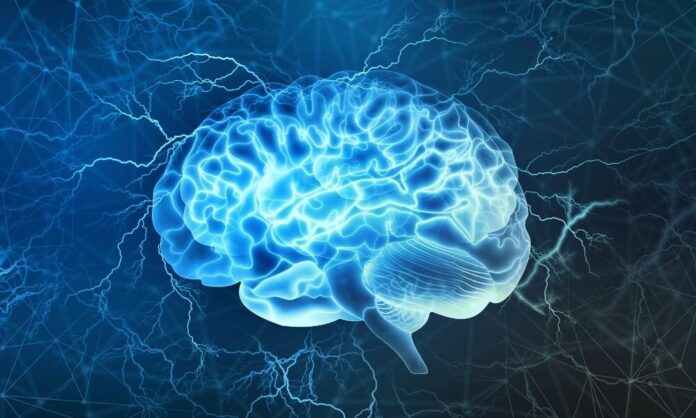Memory is an incredible aspect of human cognition that allows us to store and retrieve information about our past experiences, knowledge, and skills. From remembering where we left our keys to recalling vivid childhood memories, our memory plays a vital role in shaping who we are. But have you ever wondered how memory actually works? What goes on inside our brains that enables us to retain and recall information? Let’s delve into the science behind human memory and explore the fascinating mechanisms that underlie this complex cognitive process.
To understand how memory works, we need to explore the three main stages of memory: encoding, storage, and retrieval. These stages work together to form the foundation of our memory system.
Encoding:
Encoding is the process by which we transform incoming information into a format that our brains can store. When we encounter new experiences or learn new things, our brain processes this information and converts it into a meaningful representation. This can involve various cognitive processes, such as attention, perception, and interpretation.
Attention plays a crucial role in encoding because it allows us to focus on specific stimuli while filtering out irrelevant information. For example, when you’re studying for an exam, paying attention to the textbook or lecture allows you to encode the information more effectively.
Perception also influences encoding as our senses gather information from the environment. Visual, auditory, olfactory, and other sensory inputs are processed and integrated into a coherent representation in the brain. This process helps us form memories that are rich in sensory details.
Interpretation refers to the cognitive process of assigning meaning to the incoming information. It involves relating new information to our existing knowledge and experiences, making it more likely to be encoded and stored.
Storage:
Once information is encoded, it moves into the storage phase of memory. Storage involves the retention of encoded information over time. Our memory system consists of several types and stages of memory, each serving different purposes.
a. Sensory Memory:
Sensory memory is the initial stage of memory that briefly holds sensory information after it’s detected by our senses. It allows us to retain a sensory snapshot of the world for a short duration. Visual sensory memory, often referred to as iconic memory, holds visual information for about half a second, while auditory sensory memory, known as echoic memory, retains auditory information for a few seconds.
b. Short-term Memory:
Short-term memory, also called working memory, has a limited capacity and duration. It temporarily holds information that we are consciously aware of and actively working with. For example, when solving a math problem, you hold the numbers and intermediate calculations in your short-term memory.
c. Long-term Memory:
Long-term memory is the phase where information is stored for an extended period, ranging from minutes to a lifetime. It has a seemingly unlimited capacity, and memories can endure for years or even a lifetime. Long-term memory is further divided into two primary subtypes:
Explicit (Declarative) Memory: This type of memory involves conscious recall and the ability to verbally or explicitly describe past experiences. Explicit memory can be further divided into episodic memory, which stores personal experiences, and semantic memory, which stores general knowledge and facts.
Implicit (Non-declarative) Memory: Implicit memory includes memories that are not consciously accessible or verbally expressible. It involves the unconscious recall of skills, habits, and conditioned responses. Examples of implicit memory include riding a bike or typing on a keyboard without consciously thinking about the movements involved.
Retrieval:
Retrieval is the process of accessing and recalling stored information when it is needed. It involves locating and activating the relevant memory traces in the brain, bringing them back into our conscious awareness.
Retrieval can occur through various cues and prompts that help stimulate the memory. These cues can be external (e.g., a familiar smell triggering a memory) or internal (e.g., trying to remember a name by mentally retracing your steps).
The process of retrieval is influenced by factors such as the strength of the memory trace, the level of encoding, the emotional significance of the memory, and the context in which the memory was encoded. For example, memories that are deeply encoded and emotionally charged are often easier to retrieve.
Neuroscience research has provided valuable insights into the biological basis of memory. At the cellular level, memory formation involves changes in the connections between neurons, known as synapses. When we learn something new, new connections are formed or existing connections are strengthened, creating a neural network that represents the memory.

The hippocampus, a brain region crucial for memory, plays a vital role in the formation of new memories. It acts as a temporary storage site, where memories are initially consolidated before being transferred to other brain regions for long-term storage. The prefrontal cortex, temporal lobes, and other areas of the brain are also involved in various aspects of memory processing.
Additionally, neurotransmitters, such as dopamine and acetylcholine, are involved in modulating memory formation and retrieval. These chemical messengers facilitate communication between neurons and play a role in strengthening or weakening synaptic connections.
It’s important to note that memory is not a flawless recording of past events. Our memories can be influenced by various factors, including our biases, emotions, and the passage of time. Memories can be altered, reconstructed, or even forgotten over time, leading to errors and distortions. This phenomenon highlights the fallibility of human memory and the need for caution when relying on it as a source of truth or accuracy.
In conclusion, human memory is a remarkable cognitive process that allows us to encode, store, and retrieve information about our experiences and knowledge. Through the intricate interplay of attention, perception, interpretation, and neural processes, memories are formed and consolidated. Our memory system is composed of different stages and types of memory, each serving specific functions. While our understanding of memory is continually evolving, the scientific exploration of memory sheds light on the fascinating workings of our minds and how we perceive and interact with the world around us.

